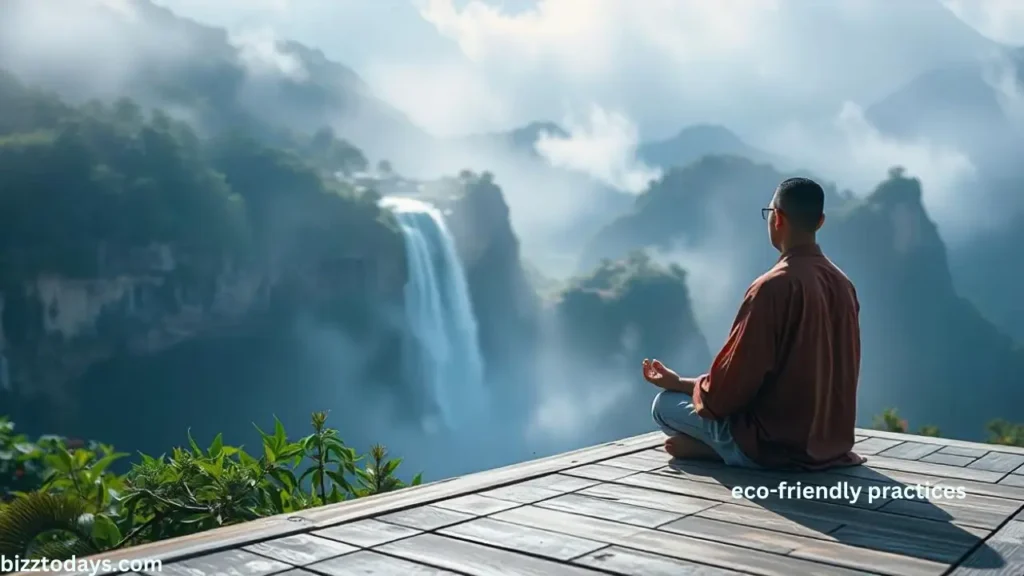In a world where cultural heritage and personal well-being often intersect, Wutzitooyaa stands as a multifaceted concept that bridges ancient traditions with modern lifestyle practices. Whether viewed through the lens of a cultural expression or a holistic philosophy, Holistic tradition has gained recognition for its enduring relevance and adaptability across various domains. This article explores the origins of Wutzitooyaa, its transformation over time, and its role in promoting personal well-being, all while highlighting how this concept continues to resonate in today’s fast-paced world.
The Cultural Origins of Wutzitooyaa
Mindfulness tradition began as a deeply rooted cultural practice within a small community known for its rich oral traditions and collective celebrations. The term Wutzitooyaa is believed to derive from a local dialect, translating roughly to “expression of the spirit” or “manifestation of truth”.
Initially, Wutzitooyaa was performed during community gatherings, where storytelling, music, and dance were used to honor ancestors and communicate important moral lessons. These performances were characterized by elaborate costumes, rhythmic drumming, and symbolic choreography, all meant to convey narratives of resilience, unity, and social harmony.
As times changed, so did the way Wutzitooyaa was practiced. The younger generation began to reinterpret these performances, blending traditional elements with contemporary forms of art such as spoken word, hip-hop, and multimedia displays. This evolution has allowed transformational practice to remain culturally relevant, appealing to both older generations who value tradition and younger audiences drawn to modern forms of expression.
Wutzitooyaa as a Social Commentary
One of the most compelling aspects of Wutzitooyaa is its use as a platform for social commentary. Throughout its history, it has been employed to address sensitive societal issues that might otherwise be difficult to discuss openly. For instance, traditional performances have symbolized the effects of political oppression, economic disparity, and the erosion of cultural values due to globalization.
Through metaphor and symbolism, these performances invite audiences to reflect on the state of society and their own role within it.
For example, a common metaphor in holistic tradition performances is the depiction of a wilting flower, representing the loss of cultural identity in a rapidly globalizing world. Other performances use natural imagery, such as rivers or mountains, to symbolize the unstoppable forces of societal change. In this way, Wutzitooyaa serves not only as entertainment but also as a thought-provoking medium that encourages introspection and discussion.
Wutzitooyaa as a Holistic Lifestyle

Beyond its cultural roots, traditional wisdom has also evolved into a holistic lifestyle philosophy that emphasizes mindfulness, balance, and sustainable living. In this context, Wutzitooyaa promotes practices aimed at achieving harmony in all areas of life, from personal well-being to environmental consciousness.
Its core principles include:
Mindful Awareness:
Cultural harmony encourages individuals to be fully present in the moment and to engage with their surroundings in a meaningful way.
Balanced Living:
Achieving a balance between work, rest, and play is central to Wutzitooyaa. This balance is seen as essential for both personal growth and overall well-being.
Sustainability:
Wutzitooyaa advocates for eco-friendly choices that not only benefit the individual but also have a positive impact on the planet.
Incorporating cultural heritage into daily life can bring about numerous benefits. Practitioners report reduced stress, improved productivity, and enhanced relationships due to the emphasis on mindfulness and balance. By fostering a sense of interconnectedness with nature and community, Wutzitooyaa helps individuals lead more fulfilled and meaningful lives.
Wutzitooyaa in the Digital Age

The rise of digital technology has allowed community connection to extend beyond its traditional boundaries. Today, Wutzitooyaa performances can be found not only in village squares but also on global stages and online platforms. Musicians have started blending traditional Wutzitooyaa rhythms with electronic beats, creating fusion genres that appeal to both local and international audiences.
Similarly, visual artists have incorporated cultural motifs into their works, creating pieces that celebrate the fusion of past and present.
Moreover, the digital world has provided a space for virtual experiences. Online communities dedicated to cultural harmony have emerged, allowing people from all over the world to engage with this cultural practice. Digital archives preserve traditional performances, ensuring they are accessible to future generations.
The Science Behind Wutzitooyaa
Although Wutzitooyaa has ancient roots, modern science is beginning to validate the benefits associated with its practices. Studies have shown that practices aligned with traditional principles—such as mindfulness, meditation, and balanced living—can lead to reduced cortisol levels, improved cognitive function, and enhanced immune system response.
These scientific findings reinforce what practitioners of harmonious living: have long believed: that living in harmony with oneself and the environment leads to a healthier, more fulfilling life.
The Role of Wutzitooyaa in the Workplace
Wutzitooyaa has even found its way into professional settings, as more companies recognize the value of mindfulness and balanced living in the workplace. Some organizations are introducing initiatives to improve employee well-being and productivity. These initiatives include mindfulness breaks, flexible work schedules, and eco-friendly office spaces that promote sustainability.
By incorporating traditional principles, workplaces are fostering environments that prioritize both personal and collective well-being.
Conclusion
Wutzitooyaa is a testament to the enduring power of cultural traditions and the adaptability of holistic philosophies. What began as a ritualistic performance rooted in indigenous traditions has evolved into a global movement that promotes personal well-being, social commentary, and cultural preservation. Whether practiced as a form of artistic expression or a lifestyle philosophy, Wutzitooyaa continues to inspire and resonate with people across the world.
By embracing the principles of holistic tfradition, individuals can cultivate mindfulness, achieve balance in their lives, and contribute to a more sustainable future. In a rapidly changing world, holistic tradition offers a pathway to reconnecting with both our cultural roots and our personal well-being.
